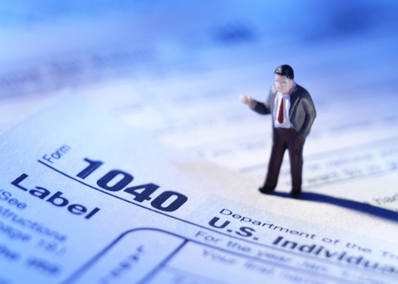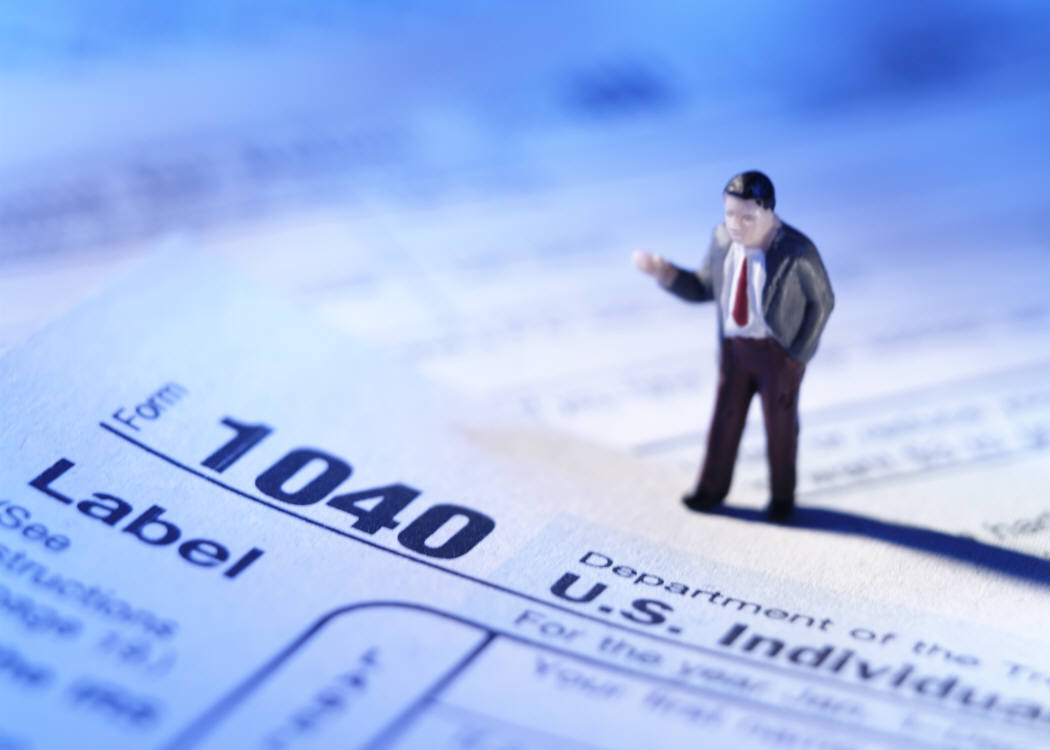|
0 Comments
In March of 2020 the CARES Act was signed into law allowing a tax credit of $1200 ($2400 MFJ) plus $500 for each qualifying child based on the taxpayer's income. The thresholds for the stimulus payments are:
We have compiled a list of the top questions (and answers) we have received regarding the stimulus payments. If you have any additional questions feel free to contact us. 1) Is The Stimulus Taxable? ▪ No 2) Will I Have to Pay the Stimulus Back? ▪ No 3) I Got My Full Stimulus and I’m Not Required to File a Return, Do I Need to File? ▪ No 4) Will the Government Send Taxpayers 1099 Like Forms Showing Amounts Received? ▪ Yes ▪ IRS Notice 1444 for the first Economic Impact Payment ▪ Notice 1444-B for the second Economic Impact Payment 5) My 1444 and or 1444-B show that I Received the Stimulus Check But I Never Received It, What Do I Do? ▪ If your payment was issued by direct deposit, your first step is to check with your bank and make sure they didn’t receive a deposit. ▪ You should only request a payment trace to track your Payment if you received Notice 1444 or if Get My Payment shows your payment was issued and you have not received it. ▪ Call the IRS at 800-919-9835 ▪ Mail or fax a completed Form 3911, Taxpayer Statement Regarding Refund 6) I Didn’t Receive My Second Stimulus Yet, Should I Wait to File or Claim the Credit? ▪ It depends ▪ All payments were required to be sent out by 1/15. ▪ Check “Get My Payment” tool on the IRS website to see if you received a direct deposit or if a check was mailed out ▪ You will not be able to add new routing or account information, or request to receive your payment by EIP Card ▪ Claim credit for amounts you were eligible for but did not receive. Will will update this post with additional questions/answers as they come in. Itemized deductions versus the standard deduction
The TCJA doubles the standard deduction, but suspends the personal exemptions and virtually eliminates many of the itemized deductions. The law temporarily eliminates miscellaneous itemized deductions subject to the 2 percent floor and limits the home mortgage interest deduction to home acquisition debt of up to $750,000. With these changes, some taxpayers may see a lower taxes. Some taxpayers that itemized in the past may not for 2018. Contact us is you need to run the numbers for your tax situation. If the results are grim, you may need to adjust your employer withholding (Form W-4) and/or quarterly estimated tax payments. Bunch charitable contributions The TCJA temporarily increases the limit of cash contributions to public charities from 50 to 60 percent of adjusted gross income (AGI). The only problem (as mentioned above) is that the double standard deduction and itemized changes will leave many taxpayers left out. One solution is to bunch or increase charitable contributions in alternating years, or set up donor-advised funds. Watch out for home equity debt interest The TCJA allows for home equity debt interest if the funds were used to buy or substantially improve the home that secures the loan. Taxpayers must keep good records to ensure that the proceeds were used in this manner, payment to credit card or other personal debt is not allowed (even if prior to 2018). Revisit 529 qualified tuition plans The TCJA revises earnings in a 529 college savings plan and allows for paying tuition at an elementary or secondary public, private or religious school, up to $10,000 per year. If you fall in this boat, it may be time to revisit their 529 plans. Maximize the qualified business income deduction And of course last but not least the QBI deduction (from our last post) for small business owners. Be sure to contact us for steps how this deduction can save your hard earned dollars  Recently the IRS released "Notice 2018-64" regarding the new Qualified Business Income (QBI) 20% deduction. Now I won't go into great details regarding the notice, but it basically provides small businesses with a method for calculating W-2 wages for the purposes of determining if a small business qualifies for QBI. The notice outlines the regulations and specifies which business types qualify for the deduction. These regulations are proposed regulations (may be subject to change) and tax payers and professionals will need to rely on this guidance until final regulations are published. The new QBI regulations will affect a great deal of small business owners in more ways than one. Some questions that small business owners need to address include:
We are currently developing a presentation that will go into greater detail regarding the QBI deduction and what you need to do as a small business owner to protect your hard earned dollars. Happy New Year! With the start of 2018, we have fielded a great deal of questions regarding the Tax Cuts and Jobs Act. We figured we would put out a short post to address the most important ones
1. When will the tax changes take effect? The bill takes effect on January 1, 2018, thus when you file your 2018 taxes (in 2019) you will see the results of the tax changes. W-2 employees will see changes in their paychecks federal withholding in February 2018. 2. How much will the tax changes save a taxpayer? The short answer is, it depends...what your total income is and where your income is derived. Also other factors can play a role in determining how much you will save. 3. Do I need to do anything to change my withholding? According to the IRS regarding withholding changes: “We anticipate issuing the initial withholding guidance in January, and employers and payroll service providers will be encouraged to implement the changes in February,” said the IRS. “The IRS emphasizes this information will be designed to work with the existing Forms W-4 that employees have already filed, and no further action by taxpayers is needed at this time.” These are just a few of the top questions we are hearing from taxpayers, feel free to contact us if you have any questions regarding the Tax Cut and Jobs Act. |
AuthorVarious contributors Archives
January 2024
Categories
All
|


 RSS Feed
RSS Feed